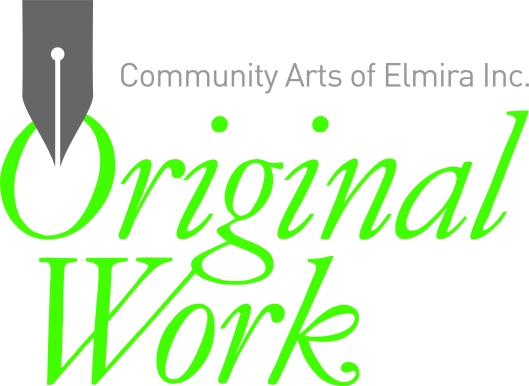
Slam Poetry is a form of spoken word performed live in front of an audience, usually as part of a competition known as a “Poetry Slam”. The judges for a slam are typically selected at random from the audience. The most common number of judges is five, but three judges are often used at smaller slams. Poets also can be judged by audience response. Each poet has a maximum of three minutes to perform their work. They are not allowed to use props, music, or costume. Each judge awards the contestant a score between 1 and 10. The highest score and the lowest score are then discarded.
Poetry slams usually last for multiple “rounds.” The poet with the highest score after the final round is then declared the winner. Another popular slam format involves head to head elimination rounds. For example; eight poets in the first round, four in the second round, and two poets in the final round. In formatting the slam as a competition, the goal is to break the barriers between poet and audience.
Slam poetry has been criticized by literary critics for its competitive nature. Kip Fulbeck, a spoken word professor at UCal Santa Barbara, compared slam Poetry to American Idol. Fulbeck stated that he hates the idea of putting “art and competition” together.
The voices and styles featured in slam poetry are diverse and broad ranging (such as hip-hop rhythms or monotone), but tend to from traditional or academic styles. In its original conception, slam poetry was political in nature. According to Susan Somers-Willet, author of The Cultural Politics of Slam Poetry, slam poets and audiences, see slam poetry not only as literary or performative, but also has a political event. Somers-Willet claims that “poems that make an empowered declaration of identity and individuality are a staple of one’s slam repertoire.” However, it is not a requirement for slam poetry to be political, it can be humorous or intensely introspective as well. One of the best aspects of slam poetry is its ability to attract such a wide range of poetic styles.
Whereas most poetry open mics are engineered as a support network for poets, slam is engineered for the audience. The audience is encouraged to react vocally and openly to all aspects of the show.
Slam poetry is organized at local, regional, and national levels. There isn’t a single group that organizes slams across the US, but there on online sites that list high-profile slams throughout the country, usually in urban centers.
Stay tuned for the first Community Arts of Elmira poetry slam in 2018!
Nick D’Aloisio, Elmira College Intern, Class of 2018
Works Cited: https://www.rattle.com/rattle27/somerswillett.htm
